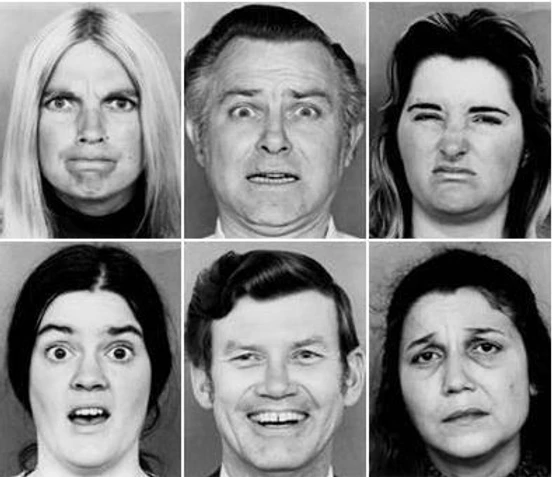Reading time: 2 minutes
The Non-Verbal Communication, in particular the facial one, is an instrument that men have always used to communicate their own emotions. It is of course the first language that children learn. For example, ask to a mother whether the first thing her children communicate to her was the first word they said. For sure she would look at you as you are an alien because she knows that her children communicated crying, smiling, open their arms to be taken in arms and so on.
Paul Ekman’s studies
In modern age the non-verbal study was born thanks to Charles Darwin, and it has carried on by researchers like Edward T. Hall and Desmond Morris, until Paul Ekman. I would like to write about Ekman today.

This great expert is the one who discovered that all the people in the world express the six essential emotions using the same facial miming. It is a discovery deserving of the Nobel price if you think about its greatness. He demonstrated that exist an over-cultural system of the emotions that is able to connect people very far from each other like a Texan, a Chinese farmer, an Australian surfer and a German drinking a pint of beer in a Berlin’s pub. Being able to interpret the six basic emotions of a person signifies essentially having a map with the essential coordinates of what that person feels, and it is of course essential to better understand who we are facing. The six emotions “discovered” by Elkman are fury, fear, sadness, joy, contempt or disgust, and surprise. Observing the picture it’s easier for everyone to mate the face to the emotion. If someone would have doubts try to imitate a certain expression and he will feel a soft psychological change towards the sentiment he induced.
Luca Brambilla
